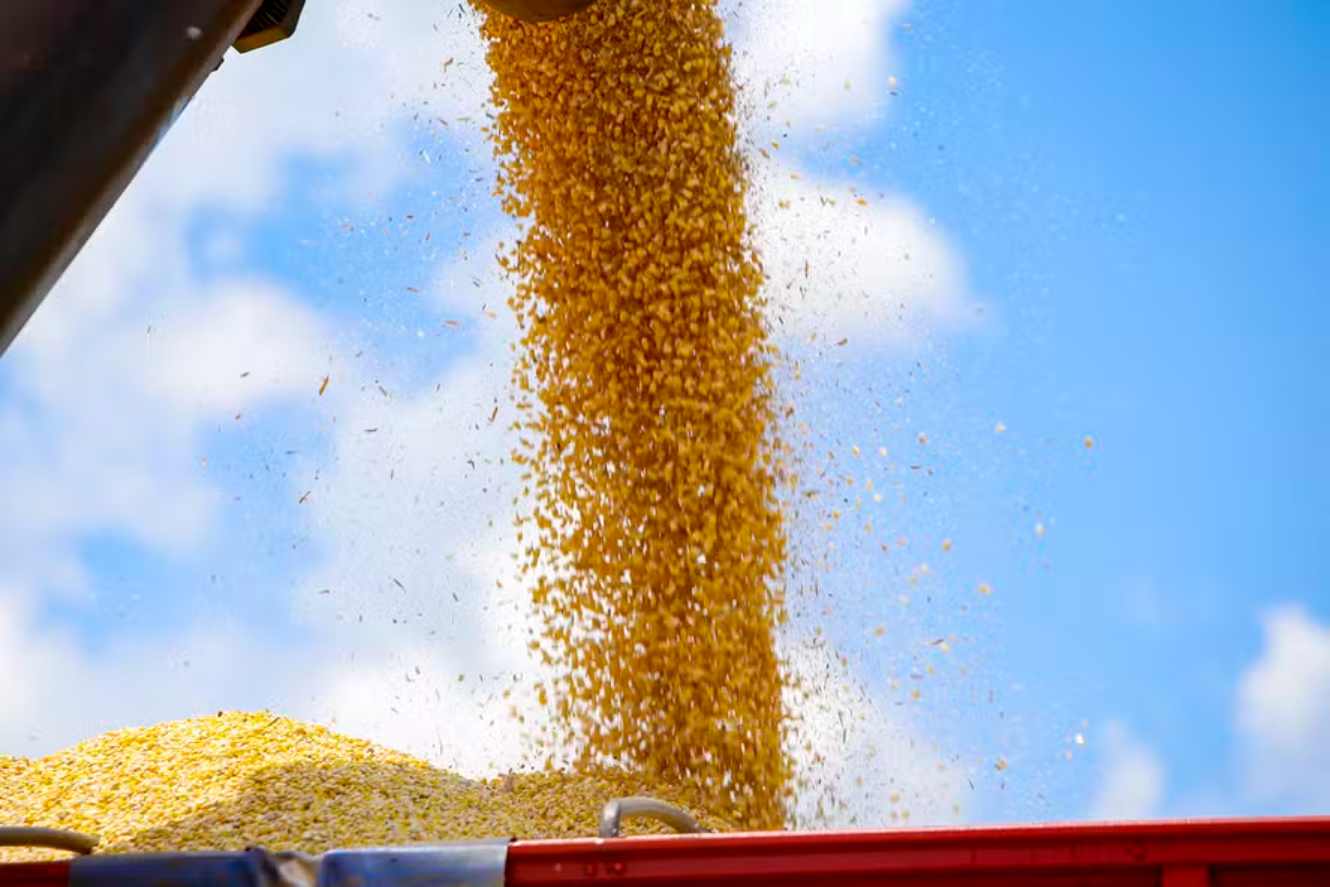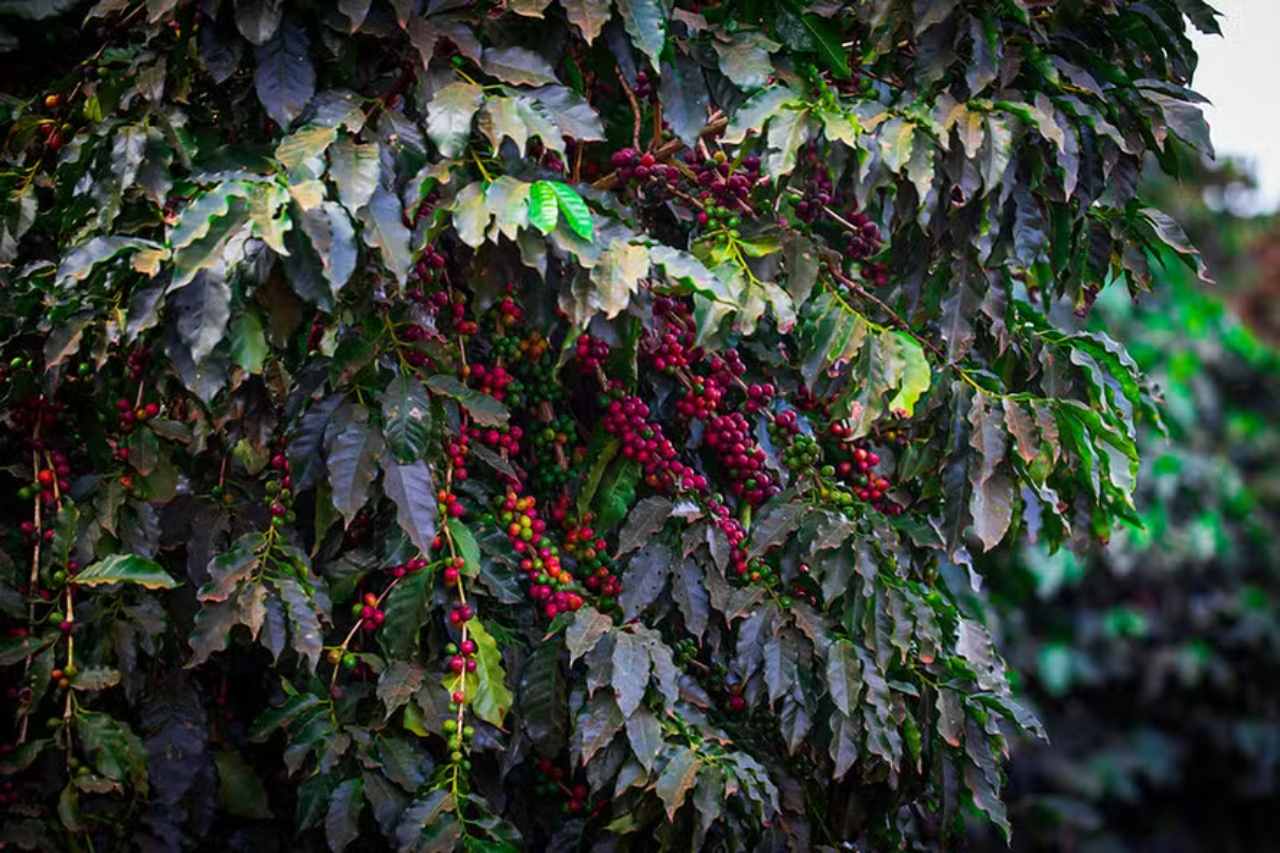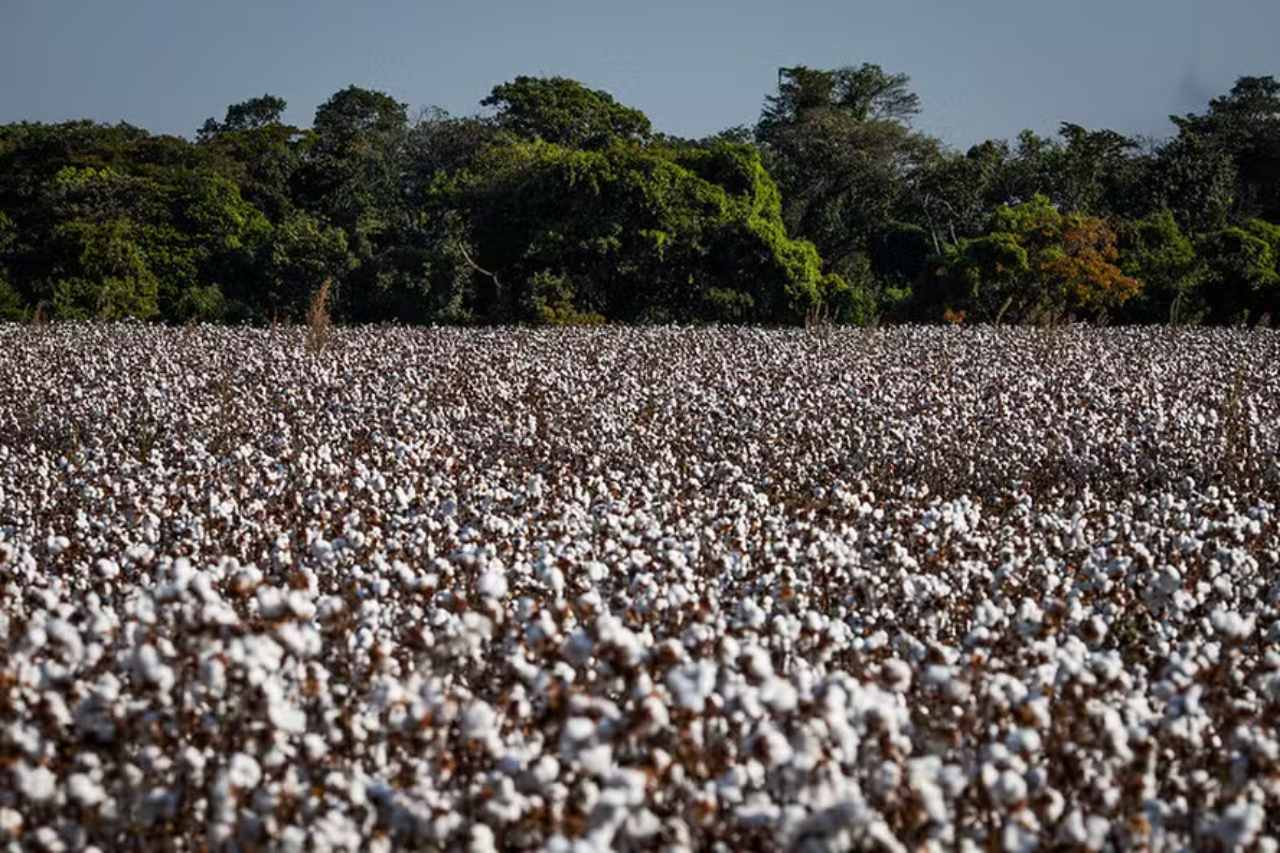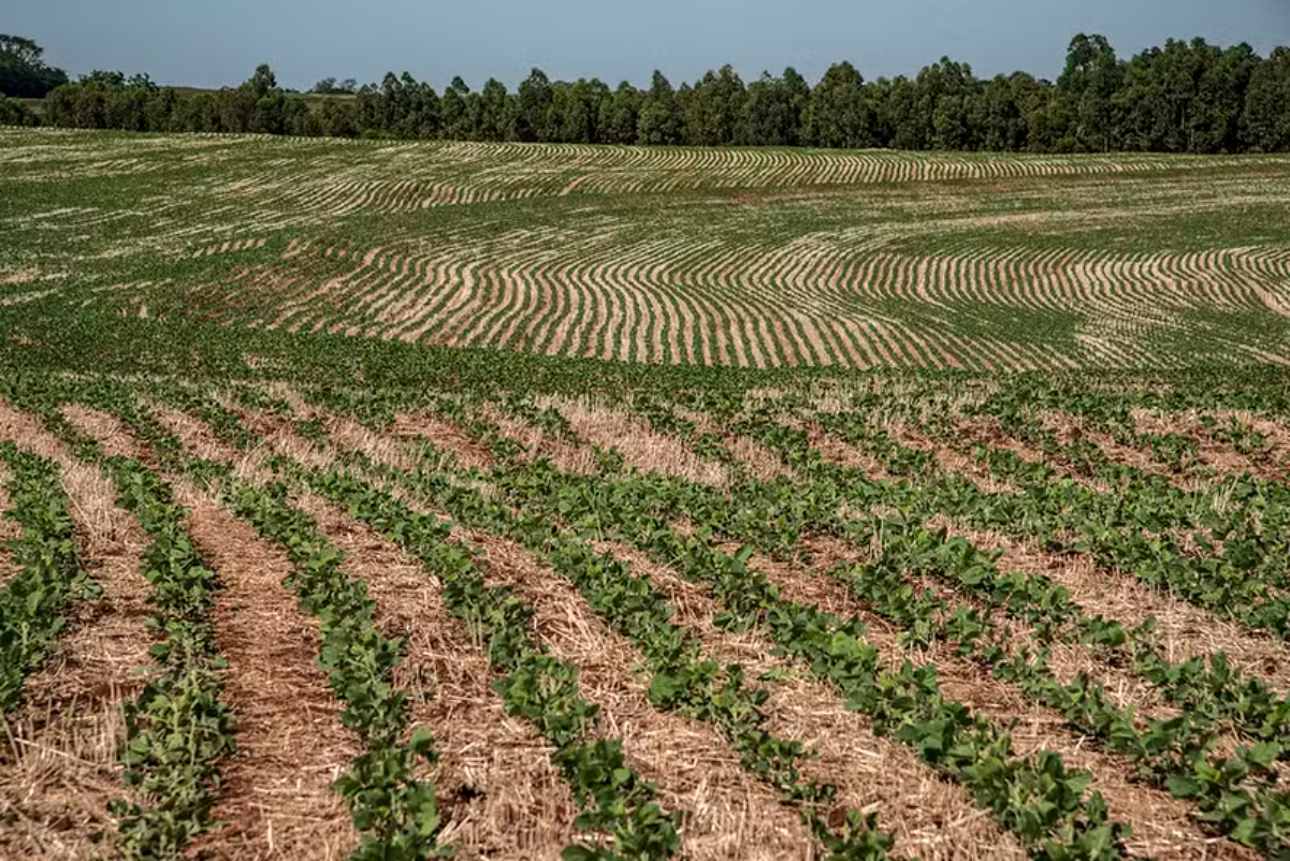Sales Below Averages and Uncertainties About Planting in Brazil Among Short-Term Factors
Corn prices have been on the rise in Brazil. According to monthly averages, the indicator from the Center for Advanced Studies in Applied Economics (Cepea), based in Campinas (SP), shows that the cereal has been gaining value since at least August. In October alone, prices increased by over 13%, with the cost of a 60-kilogram sack remaining above R$ 70 and reaching R$ 73.11 on Friday (November 1).
In Bahia, the 60-kilogram sack of corn rose by R$ 10 in October, increasing from R$ 54 to R$ 64 in the average market price, as reported by the Bahia Association of Farmers and Irrigators (Aiba). In Mato Grosso, the largest national producer, the State Institute of Agricultural Economics (Imea) announced on Monday (October 28) that prices have reached the highest levels since the post-pandemic period.
On Friday, the average price was R$ 54.67 for the 60-kilogram sack, a 1.26% increase compared to the previous day, with price increases across all markets. In areas with higher prices, corn reached R$ 58 or even R$ 59 per sack, while in markets with lower prices, it sold for R$ 52.
“It is important to highlight that during this time of year, exports typically heat up, which should continue to stimulate demand and prices in the state,” Imea noted in its weekly report. The institution is expected to update its market analysis on Monday (November 4).
At B3, the futures market also indicates an upward trend. On Friday (November 1), the November contract closed at R$ 72.99 per 60-kilogram sack. For March 2025, the Brazilian stock exchange predicts the cereal to be valued at R$ 77.15.
The market has mirrored the Chicago exchange in the United States, where Friday closed with a 0.91% increase for the December contract, settling at $4.1450 per bushel (+3.75 cents). The March 2025 contract rose by 0.76%, adjusting to $4.2925 (+3.25 cents).
Matheus Pereira from Pátria Agronegócios noted in a social media comment that the rise in international markets was supported by oil prices and reports of American corn sales to Mexico. In Brazil, the rise in the dollar and strong demand have kept internal prices in positive territory.
In a market report, ItaúBBA’s agribusiness consultancy highlighted that the expectation of reduced first-crop corn area in the 2024/25 season is likely to keep corn prices at elevated levels, at least in the short term.
In its first monitoring report for the 2024/25 harvest, the National Supply Company (Conab) indicated a planting area of 3.756 million hectares, which is 5.4% less than the summer harvest of 2023/24. Production is expected to decline by 1.1% to 22.720 million tons, as the projected 4.6% increase in average productivity is not expected to fully offset the reduction in the size of corn fields during this period.
According to ItaúBBA, these figures raise “some concern about the possibility of a tightening in the internal corn balance during the first quarter of 2025, given that domestic demand for the cereal remains strong, whether for feed or ethanol production.”
The bank adds that delays in soybean planting recorded at the start of the summer calendar are another point of attention. Depending on the pace of fieldwork, the planting window for the second-crop corn could be compromised. Acceleration will depend on rainfall in producing regions over the coming weeks.
“The market continues to monitor the progress of soybean planting in Brazil, which is delayed and raises some doubts about the potential corn area for the second crop,” experts assess.
In the first projections from Conab, the area planted with second-crop corn is expected to increase by 1% to 16.596 million hectares. Production is projected to rise by 4.8% to 98.631 million tons.
On the other hand, the need to sell off the production from the 2023/24 season may exert some pressure on corn prices, according to ItaúBBA analysts. They highlight that corn sales are currently below the averages of recent years, and as the soybean harvest approaches, there may be a need to sell corn to free up space in silos and warehouses.





